Tourist Boards in Zagreb County Develop Gourmet and Cultural Tourism
January 19, 2021 – Tourist boards in Zagreb County are uniting in two projects – to develop and promote cultural and gourmet tourism.
The new Law on Tourist Boards and the Promotion of Croatian Tourism encourage the tourist boards' association, both project-wise and formally. Local and regional tourist boards, as well as tourist boards and local self-government units that do not have an established tourist board for their area, may join a project (agreement) association.
Many tourist boards have already taken advantage of this opportunity, such as the Zadar Archipelago and Southern Istria tourist boards, and more recently, the tourist boards in Zagreb County.
Namely, they unite to promote and develop cultural and gourmet tourism. As the Zagreb County Tourist Board director Ivana Alilović points out, their goal is to intensively promote the Zagreb Green Ring region and existing tourist products and programs.
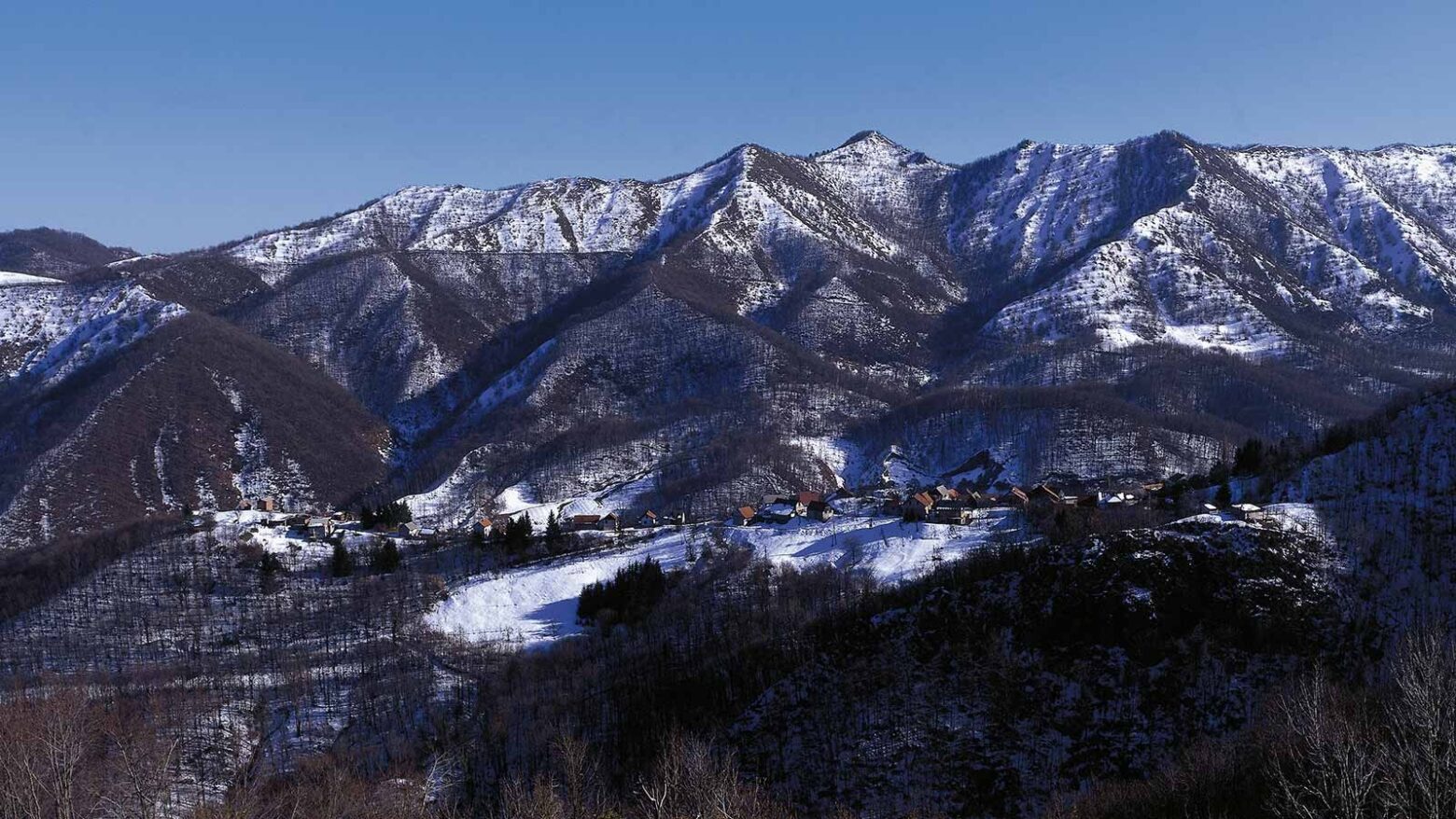
Scene from Zagreb County / Romeo Ibrišević, Zagreb County Tourist Board
"Our goal is integrated quality management of the Zagreb County's tourist destination product, which will reduce the gap between the level of quality that tourists expect and the level of quality that the destination can provide and deliver. Also, we want to improve the quality and content of Zagreb County tourism product, increase tourist satisfaction and tourist spending in Zagreb County and the benefits for entrepreneurship in catering and tourism," says Alilović.
Gourmet tourism in Zagreb County
Local tourist boards of Jastrebarsko, Samobor, and Sveti Ivan Zelina cities have concluded an agreement on the local Zagreb County Tourist Boards' association. In this first project, the joint activity will be the development of gourmet tourism. Wine roads and cheese roads are among the many tourist attractions of rural, eno, and gastro tourism of Zagreb County.
Vineyards and wine cellars in Zagreb County are located on three wine roads – Plešivica Wine Road, Zelina Wine Road, and Samobor Wine Road. Along wine roads, you can find Purtugizec Plešivica and Kraljevina Zelina wines from the Zagreb County brand, as well as Bermet, a traditional and widely recognized Samobor aromatized wine.
Also, there are wines produced from indigenous varieties Plavec yellow, sweet Zelenac, and Šipelj, and many other wines such as Chardonnay, Sauvignon, black, gray, and white Pinot, Rhine Riesling, Traminer, Frankovka, Škrlet, yellow Muscat, Šipon.
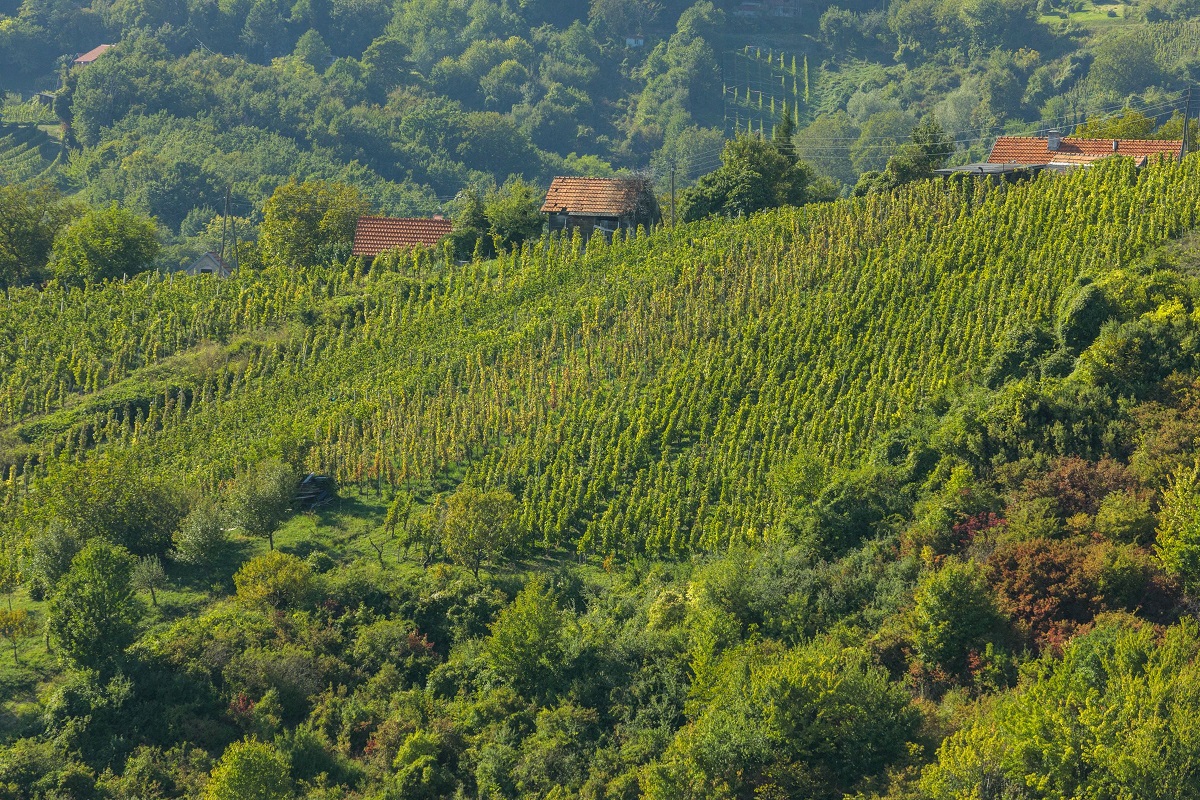
Vineyards in Jastrebarsko / Copyright Romulić and Stojčić
The main goals of the association through the gourmet tourism project are:
- The smart specialization of Zagreb County.
- The development of a tourist destination for gourmet tourism.
- Improving the value chain of gourmet tourism.
- Digitalization and application of new technologies.
- Multi-sector connectivity.
- Development of local production systems (Agri-food).
- Positioning and promotion of Zagreb county.
Cultural tourism in Zagreb County
Cultural tourism in Zagreb County is based on protected natural heritage and cultural and historical heritage. Zagreb County has a rich treasury of natural heritage and beauty. It has many protected natural areas, which contribute to the development and success of cultural, hiking, picnic, and sustainable tourism in Zagreb County.
The association project aims to establish a basis for the integrated management of cultural tourism. Alilović says they want to create a recognizable tourist destination product that will be the main instrument for encouraging tourism competitiveness in Zagreb County. She adds that cultural resources are the leading destination's product in the promotion of a tourist destination, and what makes one destination different from the other is its intangible cultural heritage.
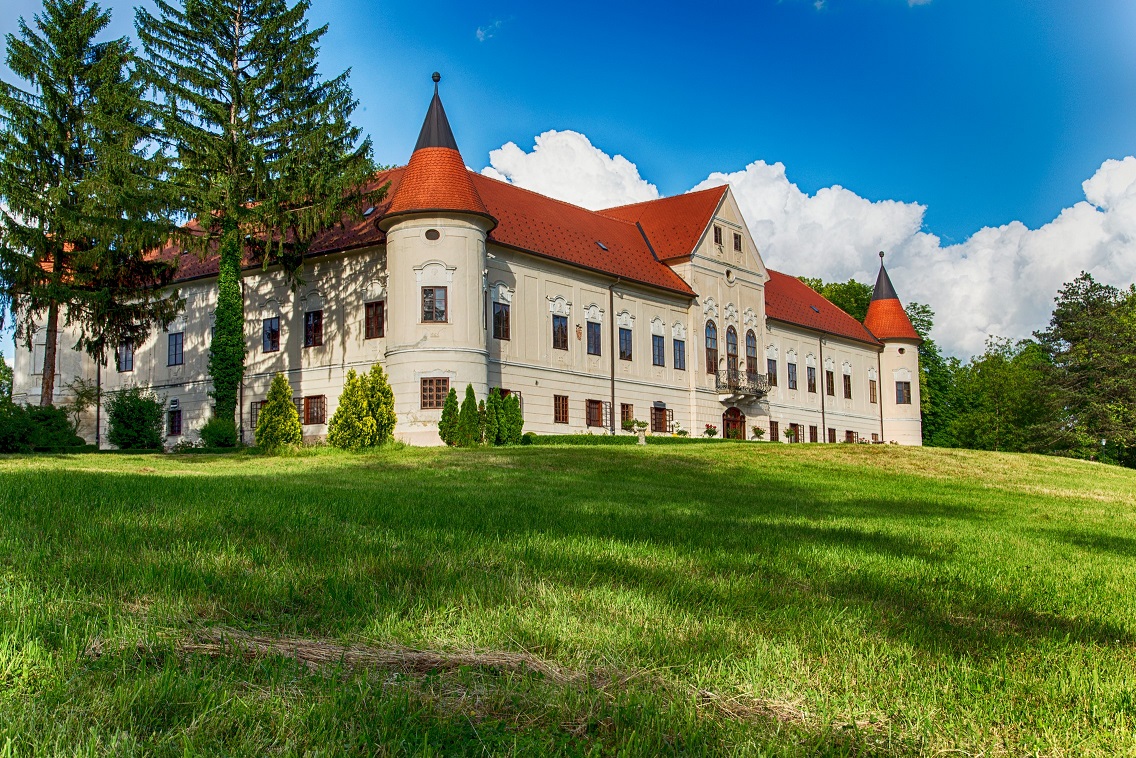
Lužnica Castle, Zaprešić / Zagreb County Tourist Board
"Heritage is the essential element by which a tourist destination's management attracts tourists to the destination. It is an attractive basis for branding. Creativity based on traditional intangible heritage thus pushes the boundaries of the mere functionality of a product.
Through the example of a cultural thematic route, we seek to show how myth can become a potential attractive basis for the development of mythological tourism in Zagreb County. The thematic route's stories and locations offer a choice according to criteria of collective and personal importance. Therefore, the thematic route is an open system that can be toured individually or organized with expert tourist guidance.
Special attention was given to the local identity. For example, the customs of St. George and St. John were highlighted, as well as other customs that are traditionally woven into the Zagreb County and surrounding regions," says Alilović.
The tourist offer of Zagreb County abounds in cultural and historical heritage, such as stories and legends, wooden construction, sacral construction, indigenous architecture, and archaeological finds and monuments of its rich past.
Zagreb County can also boast more than 200 cultural and historical heritage sites. Among them, castles Novi dvori Jelačićevi are a unique example of a complete manorial-economic complex preserved to this day. Then there are forts, manor houses, rich wooden sacral heritage, of which the most prominent is the chapel of St. Barbara in Velika Mlaka. A beautiful example of autochthonous secular architecture is the manor house (curia) Modić-Bedeković in Donja Lomnica. A special attraction is the memorial room of Alojzije Stepinac in Krašić.
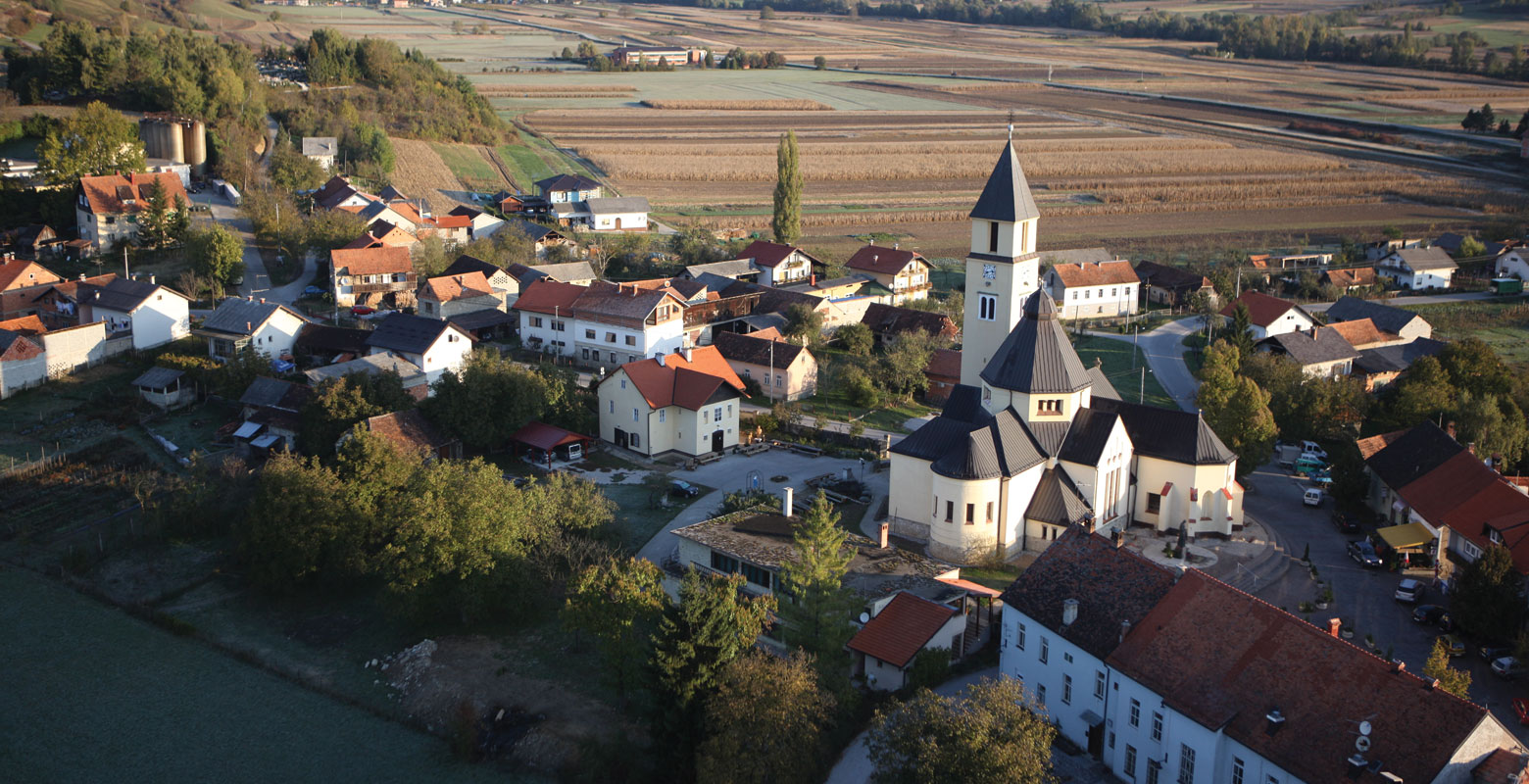
Krašić, Zagreb County / Zagreb County Tourist Board
Valuable is the archeological finds in Ščitarjevo, not far from Velika Gorica, and Budinjak (10th-6th centuries BC), one of the most important prehistoric archaeological sites in Croatia.
The project area includes the tourist boards of the cities of Zaprešić, Velika Gorica, Vrbovec, and Dugo Selo, the tourist boards of the municipalities of Pisarovina and Krašić, and the tourist board of area of the Sava-Sutla valley and hills.
"Agreements of project association in the Zagreb County Tourist Board are an example of planned activities. It is clear that the destination through joint action has the opportunity to better position itself in the market and develop projects that will stimulate overall economic development," said Alilović.
Alilović concludes that the association should result in numerous synergy effects. Not only in quality but also much-needed cost-effectiveness of promotion and project implementation.
For the latest travel info, bookmark our main travel info article, which is updated daily.
Read the Croatian Travel Update in your language - now available in 24 languages.
Join the Total Croatia Travel INFO Viber community.
Smart City Ivanic-Grad Gets Solar-Farm Buildings and Super Fast Internet
January 4, 2020 – Following the introduction of free WiFi in public places, Smart City Ivanic-Grad surges forward with smart technologies, constructing a solar power plant on public buildings and introducing ultra-fast internet for all
Teenagers in Ivanić-Grad have cast their eyes down the tracks ever since the railway came to town. You can understand them doing so. Less than 40 kilometres from the cool, contemporary European capital of Zagreb, day trips to the excitement and buzz of the big city are looked forward to and taken at any opportunity. But, over recent times, Smart City Ivanic-Grad has been edging towards becoming its own little centre of contemporary cool.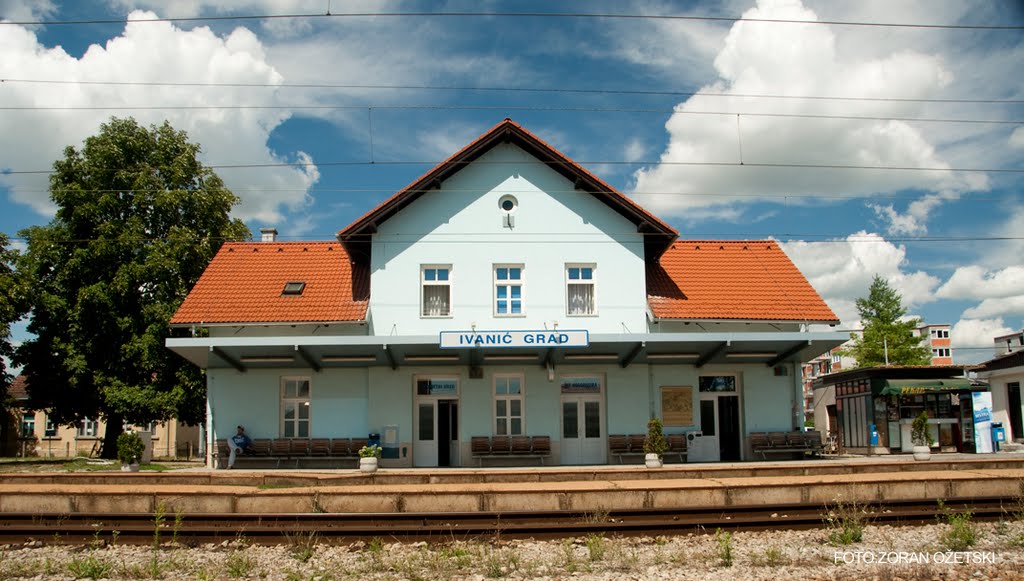 Ivanic-Grad train station © Zoran Ozetski / Grad Ivanic-Grad
Ivanic-Grad train station © Zoran Ozetski / Grad Ivanic-Grad
Smart City Ivanic-Grad is the name of the programme under which a series of energy-saving, eco-friendly and modern technologies is being adopted by the town. First came the introduction of free WiFi around the central city. The next stage of its grand connectivity investments come in the form of ultra-fast internet. By 2023, A1 Hrvatska will have invested more than HRK 77 million in the construction of the next-generation broadband access network that will enable internet speeds of up to 100 Mbit/s for residents of Smart City Ivanic-Grad, nearby Dugo Selo and the municipalities of Brckovljani, Kloštar Ivanić and Križ. The project is to be co-financed by the European Regional Development Fund. Construction will begin in the summer of 2021 and should be completed by the end of 2023.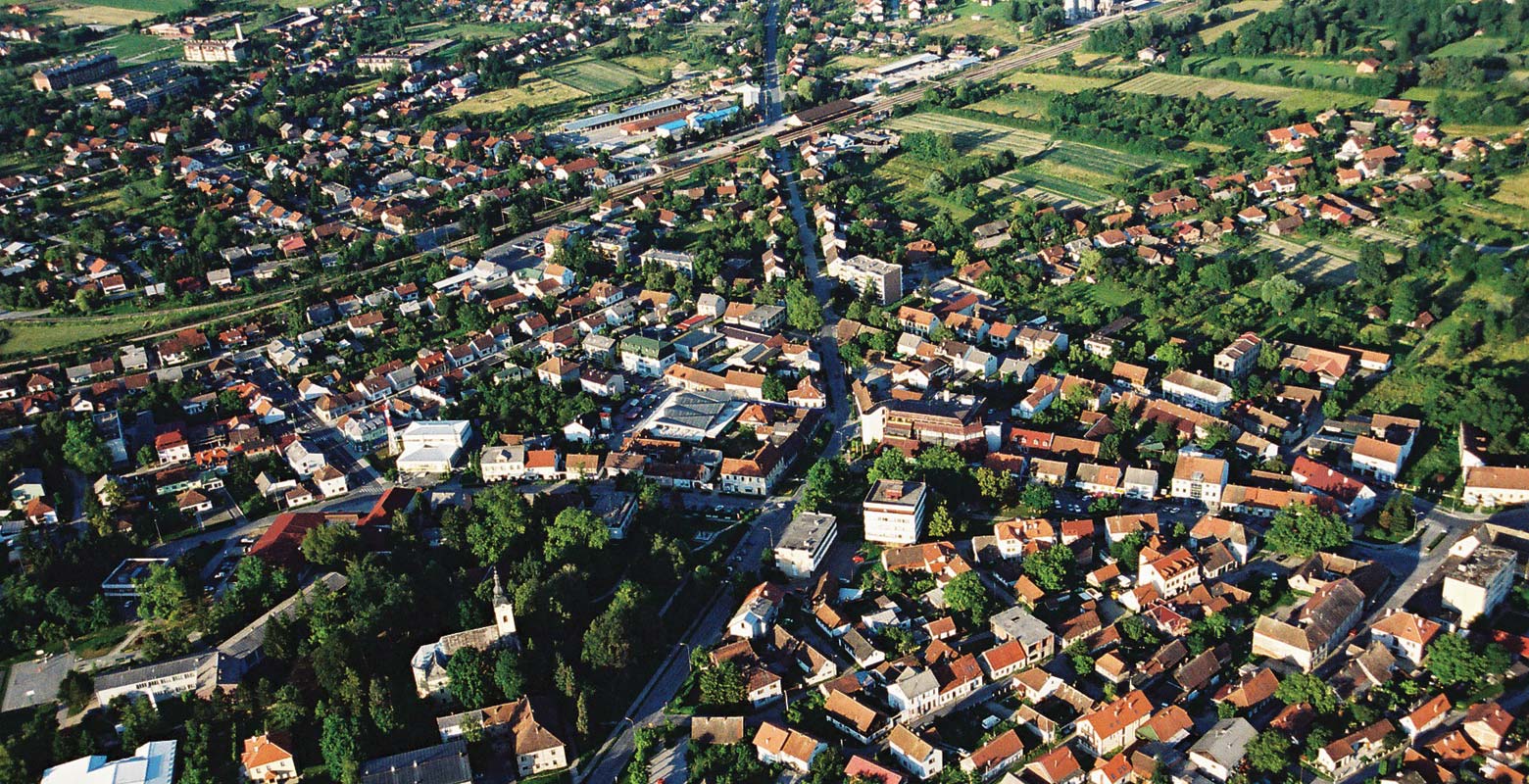 Ivanic-Grad © Visit Zagreb County
Ivanic-Grad © Visit Zagreb County
Another aspect to Smart City Ivanic-Grad's ambitions is Solar City Ivanić-Grad whereby a solar farm is set to be constructed throughout the city, with solar panels placed on public buildings. The energy produced by the panels will primarily be consumed by the buildings on which they are placed, with any excess energy delivered into the grid. So far, planned locations for the solar panels include five kindergartens, a museum, the college, library and university, a hall in Posavske Bregi, Alojz Vulinc Memorial Home, the Modular Wood Technology Entrepreneurship Incubator, Zelenjak Sports Park, the Old School in Dubrovčak Lijevo, the city administration building and two utility companies. The total value of the solar farm project is more than 10.2 million kuna, and the start of works is expected in the first quarter of next year.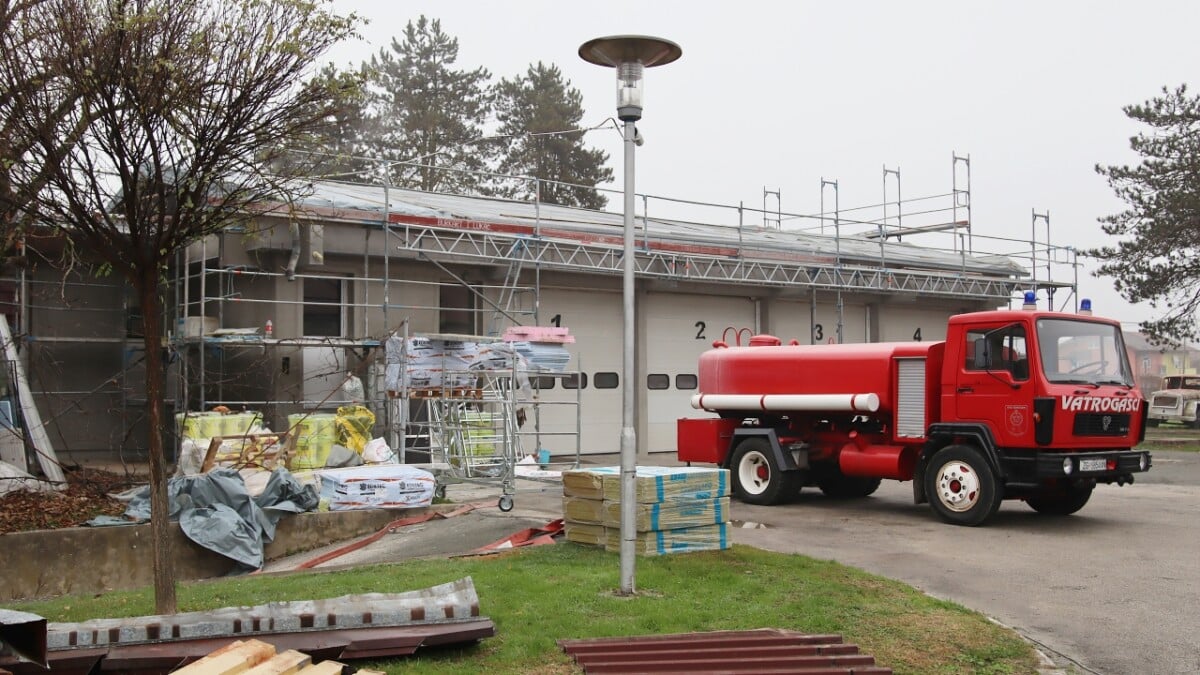 Energy-saving LED public lighting system has been introduced in Ivanic-Grad © Grad Ivanic-Grad
Energy-saving LED public lighting system has been introduced in Ivanic-Grad © Grad Ivanic-Grad
Already completed projects in the Smart City Ivanic-Grad scheme include LED public lighting, which saves 62% of energy consumption, a charging station for electric vehicles in Moslavačka Ulica, a smart bench near Ivan Švear High School and a system of public bicycles at three locations in the city.
Even nearer to Smart City Ivanic-Grad by train than the capital is Dugo Selo. As TCN reported last year, Dugo Selo will very soon be connected to a great wealth of European cities and countries by high-speed rail. It's less than 20 minutes to Dugo Selo by train from Ivanić-Grad. Soon, teenagers of the town will be able to cast their eyes down the tracks and have much more exotic destinations within reach than the regular day trips to Zagreb.
Draskovic Palace in Dugo Selo Becomes Community Culture Centre
November 16, 2020 – Dating back to the end of the 19th Century, the Draskovic Palace in Dugo Selo has lay abandoned since 2003. In part thanks to EU money, it will become a cultural centre for visitors and the community by 2023
An abandoned but nationally-protected building in Zagreb County has secured EU funding in order to become a cultural centre for its community and visitors. Draskovic Palace in Dugo Selo will see an investment of HRK 14.4 million, with an 85% share coming from the European Regional Development Fund. The remaining 15% will be covered by the City of Dugo Selo.
The Draskovic Palace in Dugo Selo dates back to the end of the 19th Century and is named after its first owners, the family of Count Draskovic. Although a major landmark in the City of Dugo Selo, the building has lay abandoned since 2003.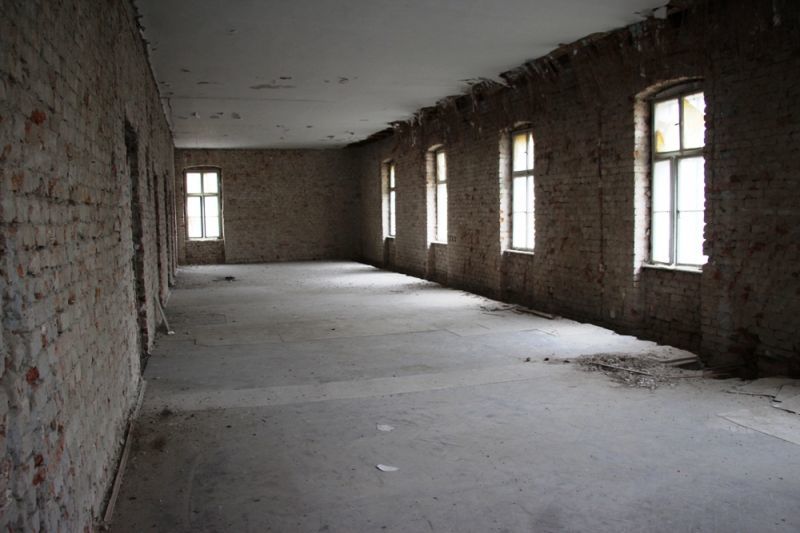
The 1,485-square-metre Draskovic Palace in Dugo Selo will undergo construction and infrastructure works that will last until the end of November 2021. Following these works, a museum space will be built on the ground floor which will house a permanent exhibition of Saint Martin's heritage (Saint Martin is the patron saint of Dugo Selo). There will also be exhibits of Templar tradition in the town and exhibits of the city's industrial history. On the first floor, a multifunctional hall of the Mayor's office is planned. In addition, there will be seven educational classrooms built and another space for public events. The building is scheduled to be opened in 2023.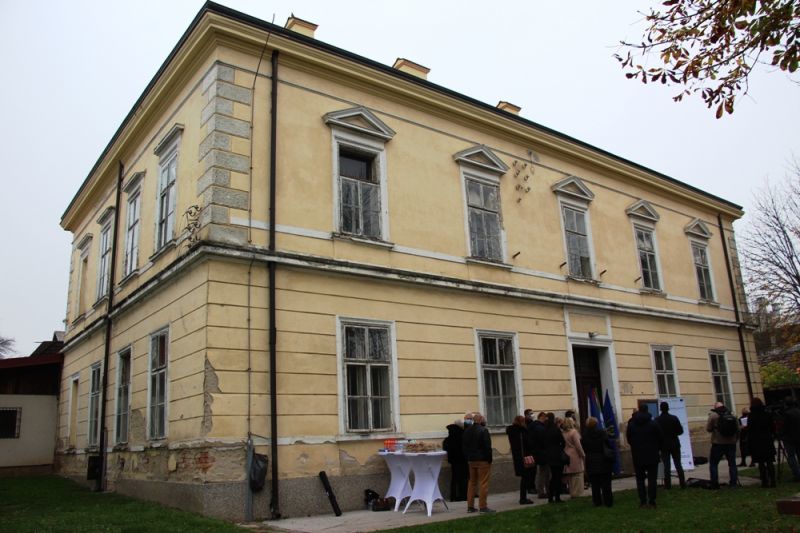
The Draskovic family is one of the oldest recorded noble houses in Croatia. The first written mention of them dates back to the 15th century. Notable family members included Juraj II Drašković (1525–1585) former bishop of Zagreb and Ban (Viceroy) of Croatia, Ivan I Drašković, younger brother of Juraj, a commander of Croatian and Hungarian forces under the command of Nikola IV Zrinski, Ivan II Drašković, Ban of Croatia between 1595 and 1608, Ivan III Drašković (1603–1648), Ban of Croatia from 1640 and the highest Croatian dignitary in the Hapsburg empire, Ivan V Drašković, Ban of Croatia from 1732 to 1733, Janko Drašković (1770–1856), a pro-Croatian autonomy politician, Juraj V Drašković, a soldier ranking as Major-General under Ban Jelačić, Karlo Dragutin Drašković (1873–1900) was a noted amateur photographer, Julijana Drašković (1847–1901), a painter and Maria Drašković of Trakošćan (1904–1969) who, as wife to the Duke of Bavaria, was the matriarch of the House of Wittelsbach and, as such, the dispossessed Catholic heir to the throne of Great Britain.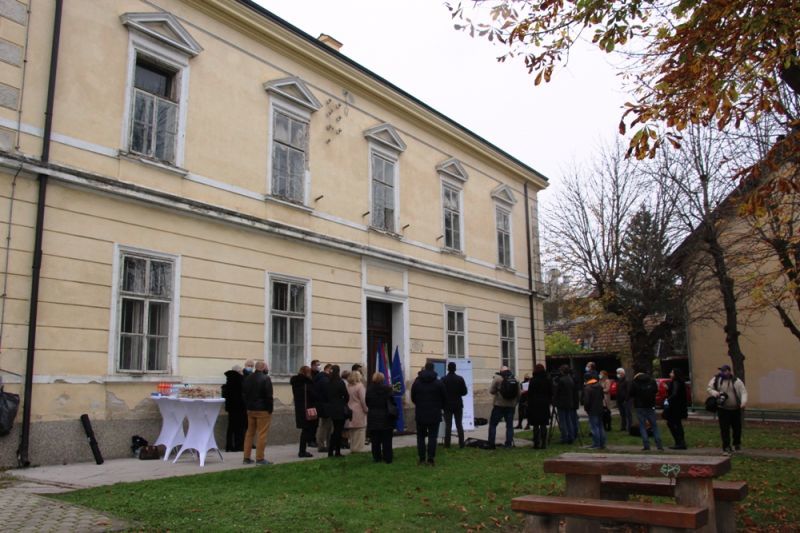
All images © Grad Dugo Selo
For the latest travel info, bookmark our main travel info article, which is updated daily.
Read the Croatian Travel Update in your language - now available in 24 languages.
Croatia Pan Europe Trains Will Run 160 Kilometres Per Hour By 2030
November 2, 2020 – From southern Spain to Budapest through Rijeka and Zagreb and from Salzburg through Zagreb, Belgrade and Skopje to Greece, Croatia pan Europe trains will run 160 kilometres per hour by 2030
In the biggest investment ever made in the infrastructure of the country's rail network, Croatia pan Europe trains will run 160 kilometres Per Hour By 2030. In an investment costing 4.5 billion Euros, 750 kilometres of railways will be modernised.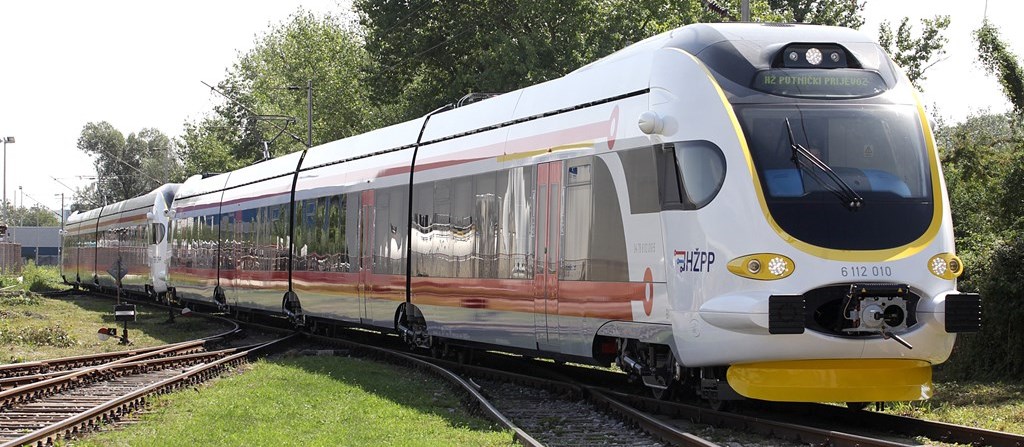 © HZPP
© HZPP
The lines that will receive the upgrade will connect Rijeka to Budapest in Hungary via Zagreb (RH2) and Zagreb to Belgrade via Vinkovci (RH1). Though these lines already exist, they have never undergone an overhaul of the scale proposed. The modernisation with ensure double lanes across the whole of both routes and facilitate passenger train speeds of 160 kilometres per hour.
The level of investment means that during the next ten years, HŽ Infrastruktura's (Croatian Railway Infrastructure Company) rebuild of the Croatia pan Europe trains network will be the largest infrastructure project in the Republic of Croatia and the largest beneficiary of EU grants in the transport sector. Most of the money for the modernisation is coming from European Union grants. Almeria on the Mediterranean, in Andalusia, southern Spain, where the Mediterranean Corridor begins © ddz photo
Almeria on the Mediterranean, in Andalusia, southern Spain, where the Mediterranean Corridor begins © ddz photo
The RH2 line is part of the Mediterranean Corridor which connects the south of the Iberian peninsula with eastern Hungary via six countries. The line runs from Almeria on the Mediterranean coast in the south-east of Spain, through Madrid and Barcelona. It passes through Marseille in France, then northern Italy, Slovenia, Croatia, the Hungarian capital of Budapest, before finishing in Záhony in the east of Hungary, not far from the border with Ukraine. The route covers more than 6000 kilometres. The Croatian section will pass through Jurdani (six kilometres north of Opatija), Rijeka, Karlovac, Zagreb, Dugo Selo, Križevci and Koprivnica.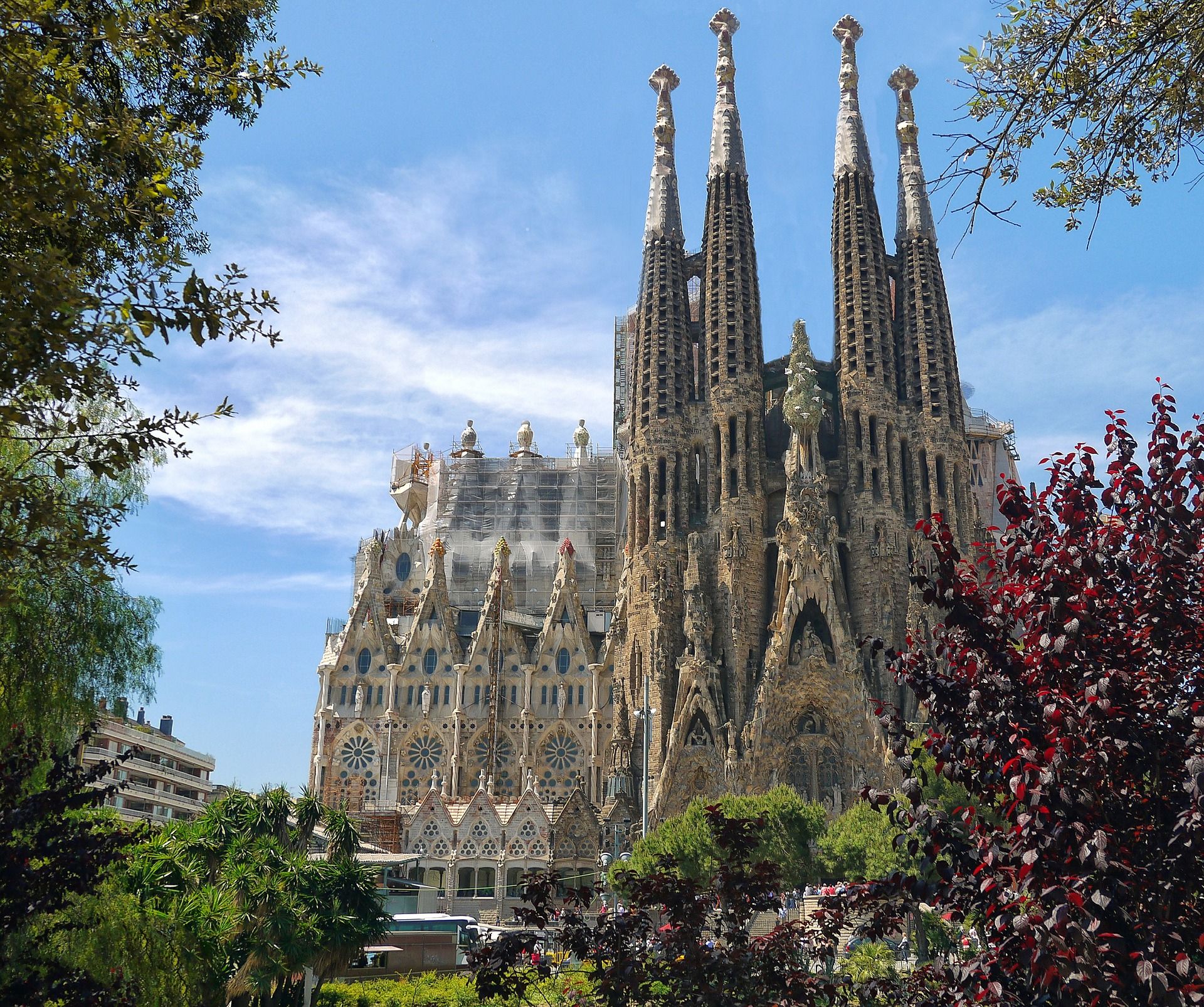 To Croatian rail passengers, the Spanish city of Barcelona will be just a few hours away by 2030 © Patrice Audet
To Croatian rail passengers, the Spanish city of Barcelona will be just a few hours away by 2030 © Patrice Audet
The RH1 line is part of the Pan-European Corridor X. The Croatia pan Europe trains section of this transport route was once one of the three lines taken by the Orient Express. The modernised rail line will start in Salzburg, Austria and pass through Ljubljana before reaching Zagreb. The line will pass through Slavonski Brod and Vinkovci before making its way to Belgrade, then Niš in southern Serbia. The old Oriental Express line then headed east, to Istanbul via Sofia, Bulgaria. The EU-funded train section of the Pan-European Corridor X instead heads south, to Thessaloniki in Greece via Skopje in Macedonia.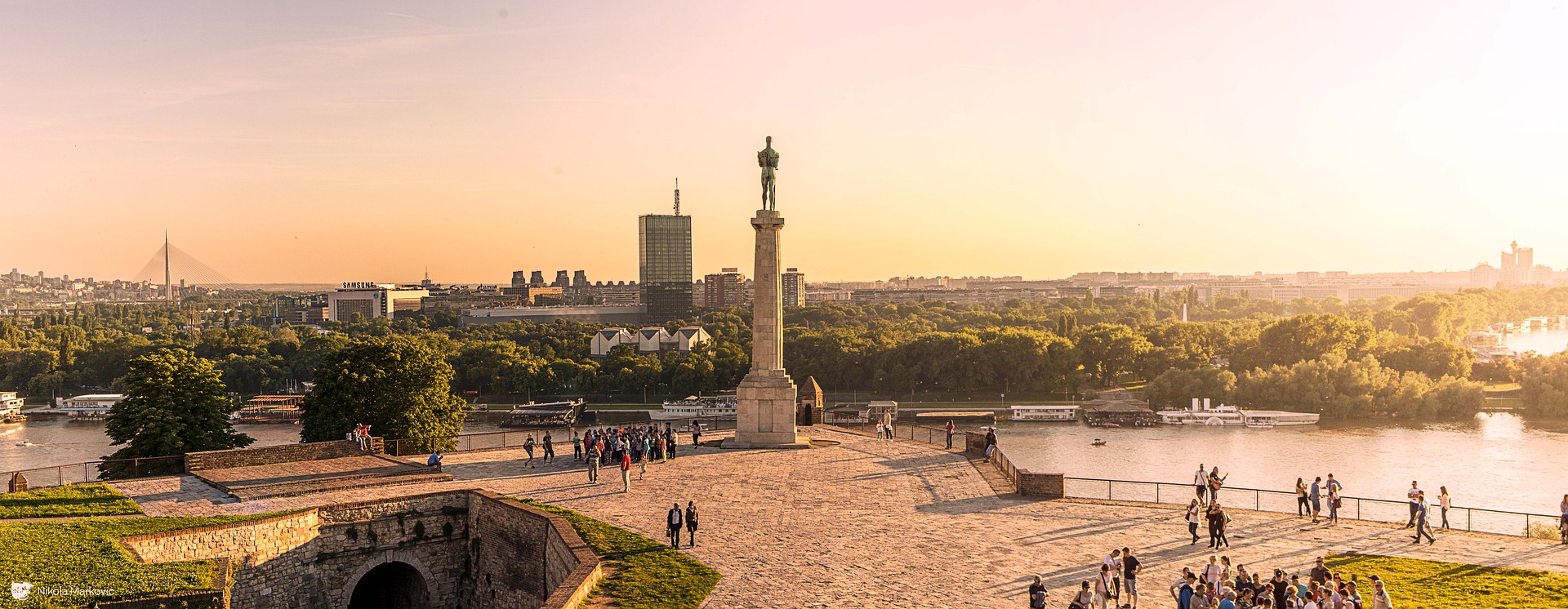 The rail journey time between Zagreb and Belgrade (pictured) will be shortened considerably by the improvements © Djordje Jovanovic
The rail journey time between Zagreb and Belgrade (pictured) will be shortened considerably by the improvements © Djordje Jovanovic
Trains are currently the greenest transport option for long-distance travel. As the world heads in the direction of seeking energy sources that do not rely on finite fossil fuels, rail also currently looks to be the long-distance travel option best-equipped to meet this challenge. In the future, visitors from all across Europe may increasingly rely on the Croatia pan European trains network in order to access the country. The improvements also increase business and leisure opportunities for Croatians in Europe.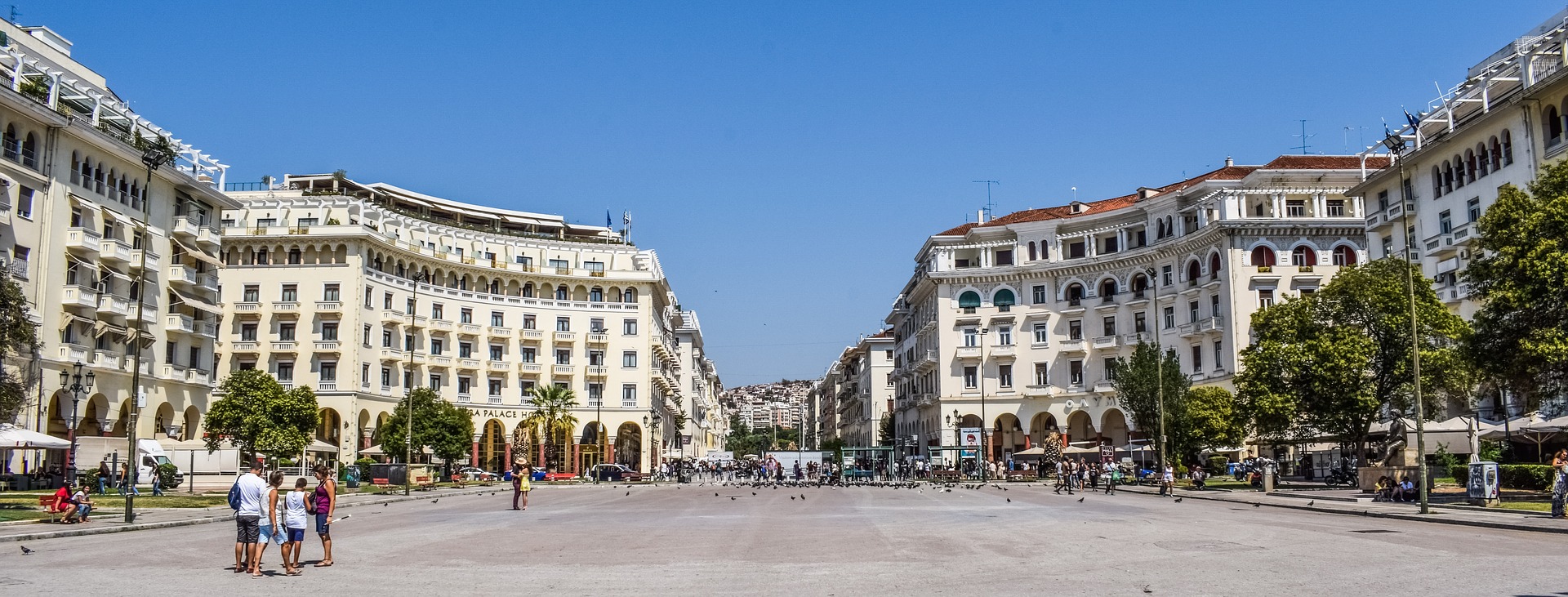 Thessaloniki in Greece is one of the most popular cities in Europe for visitors. The renewed rail section of the Pan European Corridor X will end here © Dimitris Vetsikas
Thessaloniki in Greece is one of the most popular cities in Europe for visitors. The renewed rail section of the Pan European Corridor X will end here © Dimitris Vetsikas
Around 935 million Euros was invested in the Croatian railway infrastructure between 2010 and 2019. The new investment dwarfs those figures. The initial investment, occurring between 2020 and 2024 amounts to as much as 1.8 billion Euros, of which almost 78.7 per cent is co-financed by the European Structural and Investment Funds (ESI) and the Connecting Europe Facility (CEF). From 2025 to 2030, EU funds totalling more than 2.7 billion Euros are expected to be invested in the Croatia pan European trains network.
Freight train passage along the lines will also be increased, reaching a new speed of 120 kilometres per hour. The Croatia pan European trains network also offers great potential to open up continental Croatia regions to international visitors. The Croatian railway network currently has 2,617 kilometres of track, of which 274 kilometres are double-track and 980 are electrified.
For the latest travel info, bookmark our main travel info article, which is updated daily.
Read the Croatian Travel Update in your language - now available in 24 languages


